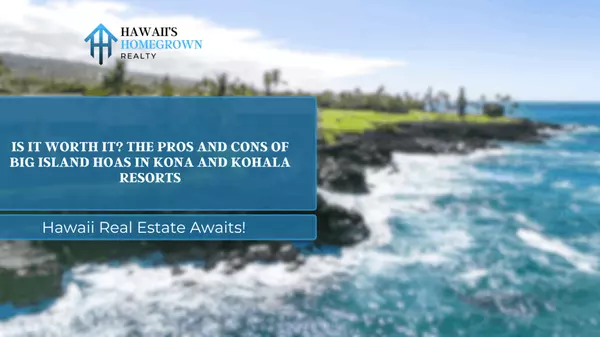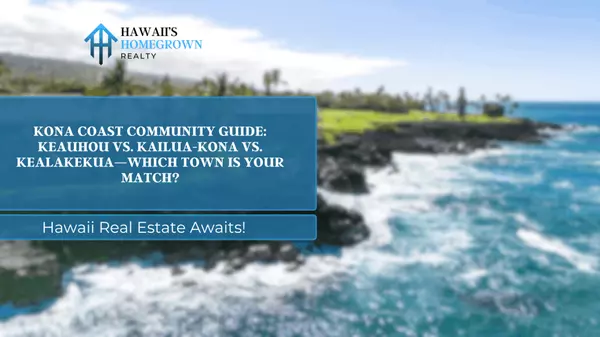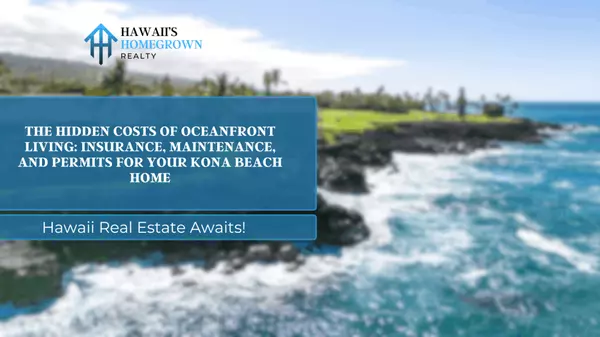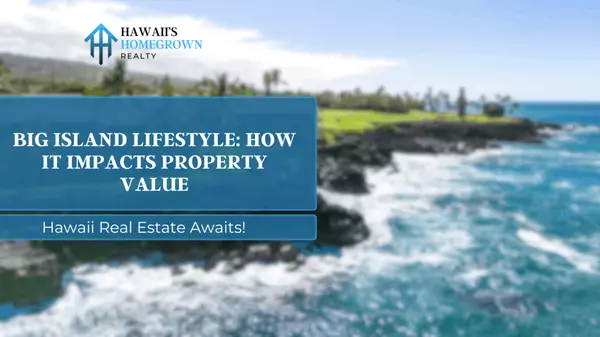
Is It Worth It? The Pros and Cons of Big Island HOAs in Kona and Kohala Resorts
If you’re considering buying a home or condo in a resort community on the Big Island—especially in Kona or Kohala—you’ll quickly notice that many properties come with Homeowners Associations (HOAs). These fees can range widely, from moderate monthly dues to luxury-level assessments in high-end resor

Kona Coast Community Guide: Keauhou vs. Kailua-Kona vs. Kealakekua—Which Town Is Your Match?
Hawaii Island’s Kona Coast is known for its sunshine, beaches, coffee farms, and laid-back lifestyle. But choosing where to live or invest along the coast can feel overwhelming—each town has its own rhythm, personality, and perks. If you’re considering a move (or a second home), this guide breaks do

The Truth About Island Living: Dispelling 5 Common Myths About Moving to Hawaii
Dreaming of moving to Hawaii? You’re not alone. Every year, thousands of people imagine trading the mainland hustle for palm trees, ocean breezes, and year-round sunshine. And while Hawaii is one of the most beautiful places on Earth, many people arrive with expectations shaped by Instagram reels, t
Recent Posts










